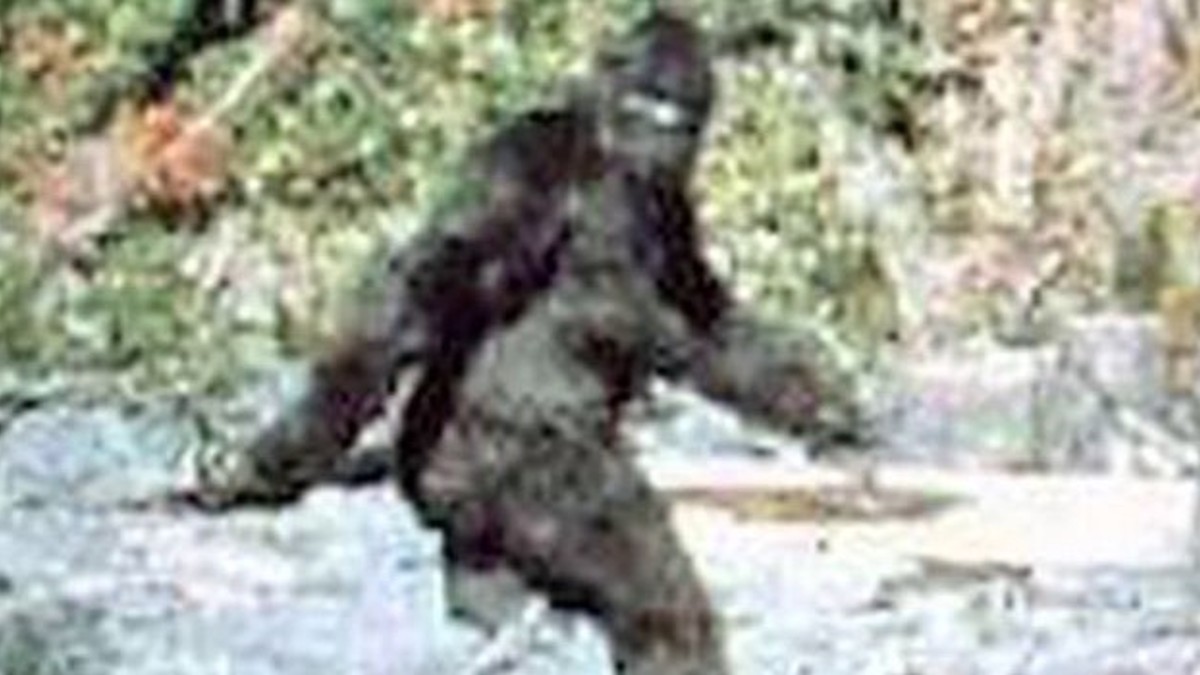
Two Cambridge University experts have told how they believe the hunt for creatures like Yeti, Bigfoot, and the Loch Ness Monster can help conservation efforts around the planet.
Bill Adams, the university’s Moran Professor of Conservation and Development, and visiting Department of Geography researcher Shane McCorristine say cryptozoology, as it’s called, can be a force for good.
Cryptozoology, otherwise known as the hunt for search for monsters and mythical creatures, is often regarded as a pseudoscience by those who work to conserve animal species throughout the globe.
Some conservationists argue that “monster hunting” distracts from other work in animal study and biodiversity. However, Adams and McCorristine now say the two groups could achieve more by working together.
The pair published a lengthy article explaining how the hunt for cryptids can “contribute to conservation in several ways.”
New animals are constantly discovered around the world
One reason they cited is that there are still a huge number of “undescribed” animals around the world. For example, more than 400 new mammals have been identified since 1993.
There are thought to be a huge number of undiscovered species around the world. The pair said in their article, titled ‘How the search for mythical monsters can help conservation in the real world’: “Cryptozoology involves rampant speculation and unconventional surveying methods.
“But controversial new ‘findings’ can inspire a renewed quest to better map out the natural world.”
As an example, they pointed to the case of the spiral-horned ox, a cryptid where the debate around it “pulled together historic accounts, local folklore, and samples of museum specimens”.
They said this is often something that the field of cryptozoology does.
The search for cryptids is important for all animal conservation
Adams and McCorristine also said that cryptozoology should be respected because of its “shared history” with conservation, which it has evolved alongside over the years.
They argued that several prominent conservationists have been interested in cryptozoological ideas and processes over the years, often with a view to helping promote the conservation of areas said to contain legendary creatures.
Adams and McCorristine pointed to the famous conservationist Peter Scott as an example of this. Scott, the creator of the Red Data Book method of classifying endangered species and a founding member of the World Wildlife Fund (WWF), began studying the Loch Ness Monster in 1960.
Stories about Bigfoot and Nessie bring a sense of wonder
The third reason they gave for why cryptozoology could be helpful was through promoting “the sense of wonder.” They argue that stories about Bigfoot and Nessie help draw people toward weird and wonderful animals, which could later benefit the creatures.
They said: “Stories of the discovery and rediscovery of species routinely punctuate the depressing catalog of extinction after extinction. Wonder and speculation – however untethered – must play a role in energizing conservation actions.
“Although no one expects conservation NGOs to start searching for Bigfoot, it would be remiss of them to ignore the powerful ecological imagination that can be inspired by cryptozoology.”